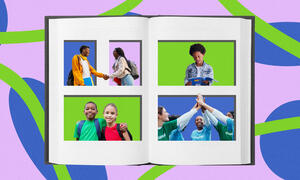article
Treating Students to Dinner and Diversity
One clear advantage of extracurricular activities is that they tend to get students’ undivided attention. Most young people have a real connection to their sports team, choir, theater group or other organization. The coach, director or advisor enjoy unique opportunities to see students really concentrate on a consistent basis. This creates a powerful opportunity for us as educators when it comes to issues of diversity. We can model fairness, equity and inclusion, as well as provide experiences for our students to be exposed to positive diversity messages.


